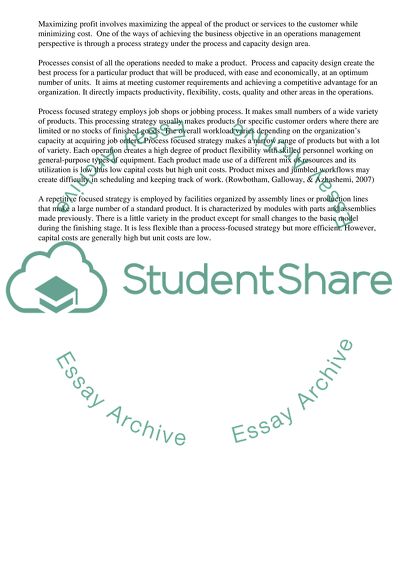Cite this document
(Process and Capacity Design Term Paper Example | Topics and Well Written Essays - 2000 words, n.d.)
Process and Capacity Design Term Paper Example | Topics and Well Written Essays - 2000 words. Retrieved from https://studentshare.org/business/1729007-process-and-capacity-design
Process and Capacity Design Term Paper Example | Topics and Well Written Essays - 2000 words. Retrieved from https://studentshare.org/business/1729007-process-and-capacity-design
(Process and Capacity Design Term Paper Example | Topics and Well Written Essays - 2000 Words)
Process and Capacity Design Term Paper Example | Topics and Well Written Essays - 2000 Words. https://studentshare.org/business/1729007-process-and-capacity-design.
Process and Capacity Design Term Paper Example | Topics and Well Written Essays - 2000 Words. https://studentshare.org/business/1729007-process-and-capacity-design.
“Process and Capacity Design Term Paper Example | Topics and Well Written Essays - 2000 Words”. https://studentshare.org/business/1729007-process-and-capacity-design.


